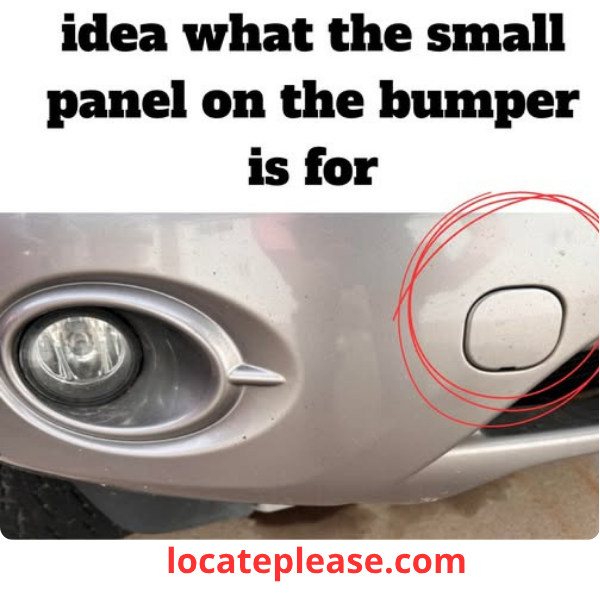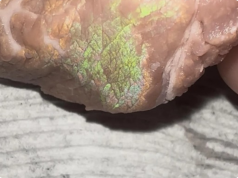At first glance, that small, unassuming flap on your car’s bumper might seem like nothing more than a design quirk — a blank space in the sleek lines of your vehicle. But hidden behind that modest panel lies a crucial safety feature: the tow hook socket , a built-in mechanism designed to help you out of trouble when your car is stuck or needs towing.
This often-overlooked component plays a vital role in emergency roadside situations, whether you’re stranded due to a breakdown, stuck in snow or mud, or needing assistance from a tow truck.
What Is the Hidden Panel For?
Modern vehicles are designed with aesthetics in mind, which is why many manufacturers conceal the tow hook socket behind a small plastic or rubber panel on the front or rear bumper. This panel blends seamlessly into the car’s exterior, preserving its clean, streamlined look.
Inside the panel is a threaded hole — a designated spot where a tow hook can be screwed in when needed. This hook provides a strong, secure attachment point for a tow truck or recovery strap, ensuring that your vehicle can be pulled safely without damaging sensitive components like the bumper, undercarriage, or axle.
Why It Matters: Safety and Damage Prevention
In an emergency, knowing where to attach a tow strap can make all the difference — not just in getting your car moving again, but in avoiding further damage.
Using the intended tow hook socket ensures that:
- The force of the tow is distributed properly.
- Fragile parts of the bumper or chassis aren’t stressed or torn apart.
- The connection point is strong enough to handle the vehicle’s weight.
Without this designated spot, tow operators might be forced to improvise — potentially hooking into parts of the car not designed to bear such force, which could result in costly or even dangerous damage.
How to Use the Hidden Tow Hook Socket
- Locate the Panel: It’s usually near the center of the front or rear bumper, though some vehicles may have them on both ends.
- Remove the Cover: Gently pop it off by hand or with a small tool. Many are designed to snap in and out easily.
- Insert the Tow Hook: This is typically stored in your trunk along with your spare tire kit. Screw it in securely until it’s tight.
- Attach the Tow Strap or Cable: Once the hook is in place, a tow truck can safely connect and pull your vehicle.
After use, be sure to unscrew the hook and replace the cover to protect the socket from dirt, moisture, and debris.
Not All Vehicles Are the Same
While most modern passenger cars include this hidden tow hook system, the location and number of sockets can vary by make and model. Some vehicles have panels on both the front and rear bumpers, while others may only include one. If your panel is missing or damaged, replacements are widely available and easy to install — often costing just a few dollars and requiring no tools.
A Small Feature with a Big Purpose
It’s easy to overlook the small panel on your bumper until you really need it. But in moments of roadside trouble, this hidden feature becomes a literal lifeline — a built-in escape plan that helps you get back on the road safely and efficiently.
So next time you walk around your car, take a moment to locate that small, inconspicuous panel. It’s more than just a piece of plastic — it’s a quiet guardian of safety and practicality, designed to protect both your vehicle and your peace of mind when you need it most.










